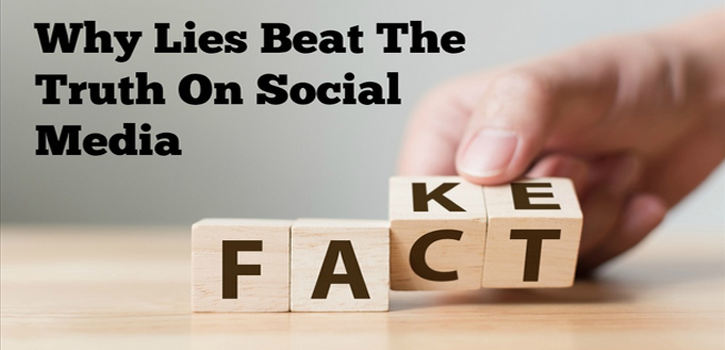
Media is recognized as a powerful force that influences the lives of people. Sharing the long barrage of information since the COVID 19 outbreak amid numerous risks and challenges, Media lives among the few sectors which are arduously contributing to the prevention of this crisis. The role of media is huge as it touches every layer of the society and disseminates accurate news during this global emergency. Journalists are committed to this task and it is commendable to see how they have approached this situation, bearing it as a social responsibility to enlighten people of the current affairs. A crisis situation brings common challenges that are inevitable, be it health related, accessibility to resources or communication and media has no escape.
Major challenges faced by Media
This time period is a brand new experience for everyone and there are hardly any traces of background information of COVID 19. Hence, the main sources of information can be considered as Health officers and Government authorities. Journalists sometimes face difficulties in contacting the relevant authorities to inquire about current situation, probably due to the heavy workload in this new territory. Since physically meeting individuals for interviewing has been advised against, journalists have had to conduct interviews through digital platforms like Skype.
Travelling to various parts of the island and even to the work places involve a huge health risk for both the journalists and society at large. However, the last few weeks or so saw the active but responsible participation of journalists not only in reporting, but also in CSR and awareness campaigns. Journalists are bound to fulfil a self-less duty, hence they work hard withstanding the situation.
Avoiding Fake news and Misinformation
Another major challenge is finding out accurate information in the era of fake news. This crisis urges journalists not to sensationalize news and disseminate the news as it is. It is also important to check certain news items twice or thrice before disseminating it.
Finding reliable information in this digital age is a daunting task and even more difficult during the COVID 19 outbreak when fake news and hyperboles are rife. Social media has been responsible for such misinformation for the most part and it needs a great vigilance by the general public to avoid fake news. Certain myths and ideologies too are been spread among the public through sources that misinform. For example, there are various rumors about the origin of COVID 19 and its spreading across the globe. Initially, there were rumors about its origin through some species of snakes, bats and then Wuhan’s animal market, another tiding came about its origin as a result of a chemical test in a Chinese or American laboratory. As responsible citizens, journalists are bound to dispel those rumors or preferably avoid reporting them and report factual information.
A roller-coaster ride
Advertising is an integral part of media which draws huge profits to the industry. COVID 19 has created an uncertainty among organizations about not being able to popularize their brand or product and most of them are holding back their announcements until the situation softens.
Traditional media such as newspapers have their fair share of woes with the inability to disseminate newspapers Island wide. As a makeshift, most of the newspaper organizations have provided access to e-papers. It somewhat dilutes the problem at hand because the number of hours internet users surf internet have increased over the last few weeks thereby the e-papers have been widely useful for the users since late. E-papers come across as a handy addition to a tech-savvy society, but would be a phenomenon tool among rural villagers and elderly people who have not come into terms with technology and who are used to reading traditional newspapers.
MOH Media guidelines on COVID 19 reporting
Ministry of Health and Indigenous Medicine recently issued some guidelines on COVID 19 reporting, inviting all media organizations to adhere to those and help strengthen COVID 19 preventive program. The guidelines include reporting of verified information, avoid mentioning race or religion of people infected or die due to the virus, identifying infected people as patients and not offending them as transmitters of the virus, reporting on a technical and scientific basis and not on personal opinions, not to publish photographs or videos of the infected individuals without their permission, blurring the videos when showing sensitive information, avoid reporting in a manner that create hatred among people and report in a positive manner that develops corporation and support among people. Adhering to these guidelines not only helps avoid any verbal harassments, but also inflicts equity among everyone.
What more can journalists do?
It is important to avoid a panic-stricken tone when reporting news because unnecessary frightening of people will lead to a worsen situation. Focusing more on preventive actions also helps in avoiding daunting details. Providing authentic and statistical information has a greater impact rather than broadcasting / publishing unnecessary news and videos. Avoiding projections might also help in providing a clear picture of the ongoing situation. When mapping the outbreak, it is also vital to be empathized with the traumatized victims.
Social media is a good platform for news dissemination as social media users and time spent in social media are increasing. As of now, social media is surrounded by fake news and journalists can contribute to change the culture of fake news by sharing news from reliable sources which will also become a trend among his or her followers.









